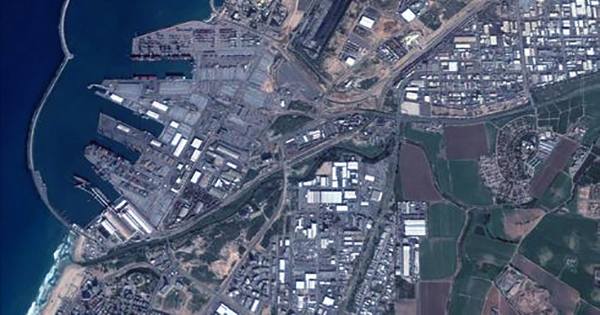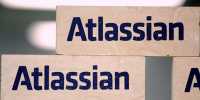If you look at Israel and Palestine on a widely used satellite imagery platform, you can see that the images are surprisingly blurry. Trees and cars in Gaza City are a bit more than a smoky splash of screen and even buildings are hard to make clean.
The lack of high-resolution satellite imagery has become a problem for analysts and journalists to understand the devastating phenomenon that is unfolding in the region at the moment. “I know it’s one of the few things going on in Gaza right now, but Google (and Bing, and even Yandex) have refused to provide non-potato satellite imagery for some of the world’s most densely populated areas. Eric Toler tweeted from investigative journalism website Bellingcat. “The most recent Google Earth image is from 2016 and it looks like rubbish. Syria I zoomed in on some of Syria’s random countryside and since then it has taken 20+ images, in very high resolution,” Toler added in the tweet below.
The crisis over the image of high-resolution satellites in Israel and Palestine is not the result of a lack of technology, but the result of a little-known law in the United States. The Kyle-Bingaman Amendment (KBA), enacted by the U.S. Military Defense National Defense Approval Act of 1997, prohibited the publication of detailed satellite images of Israel by U.S. agencies.
More explicitly, the KBA said that the U.S. government was only allowed to license the collection or dissemination of Israeli satellite imagery, but that “Israeli satellite imagery is not more detailed or precise than the commercial source from which it is obtained.” In other words, US agencies were not allowed to collect and distribute images of Israel and Palestine unless they were relatively standardized (the law does not explicitly mention Palestine, but it does apply to occupied Palestinian territories such as Gaza and the West Bank).
Israel and Palestine are the only places in the world where such laws were enforced. How the law was enacted was never disclosed, but many claimed it was in support of Israel’s “security concerns.” Again some argue that the KBA was an example of censorship used to cover up Israeli actions such as home demolitions against the Palestinians. Since the law only applies to the United States, companies in other countries have been taking satellite images of the region in recent decades.
However, since the commercial market for satellite imagery was dominated by the United States, most of the images that were traditionally available to the public were substandard. From climate scientists to archaeologists, KBA has become a hotbed for the scientific community, who desire open exchange of information for their work. In the face of this opposition, KBA bans were lifted in July 2020, but satellite images widely available in the region still remain relatively low.















